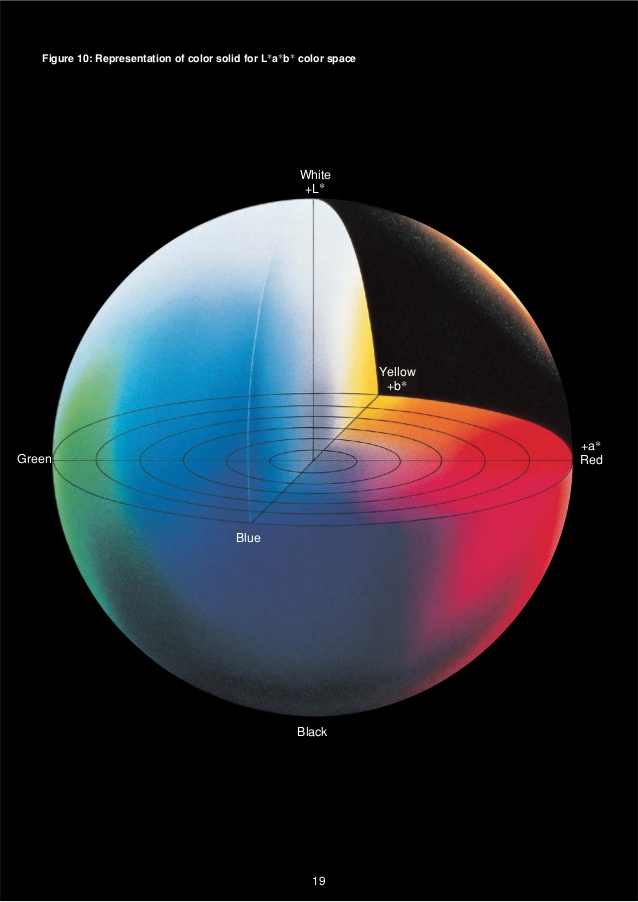Applications of Colorimeters & Spectrophotometers
What You Need to Know About Colorimeters & Spectrophotometers
Color is subjective, based on perception and open to interpretation. The seemingly simple task of naming colors becomes very difficult because of the many ways color can be expressed. In the same way that we use scales to measure weight, there are also instruments to accurately measure color – colorimeters and spectrophotometers.
Any instrument used to measure color is included under the category of Color Measurement Instruments. The application of these instruments is to eliminate the bias of color caused by individual or environmental factors. Using these instruments, color can be objectively measured in any type of condition. The object’s chrominance data and spectral curves are easily measured under any type of lighting.
Objective measurements of color has wide applications and is useful for color management, quality control and R&D. Color measurement also enables multiple manufacturers to communicate about a particular color and reproduce the color exactly.
How are the colorimeter and spectrophotometer used in color measurement applications?
The colorimeter is typically used in production to limit color differences and during inspection for quality control of color. The spectrophotometer is generally used in the laboratory during the R&D phase for high-precision analysis and accurate color measurement.
FAQ – The Basic Color Theory
- Why can human beings perceive specific wavelengths as colors?
 The color spectrum, or rainbow, is visible to human eyes because of specific wavelengths that stimulate the retinas in a particular way to create color. The chromatographic arrangements of the different wavelengths of light is, from longest wavelength to shortest: red, orange, yellow, green, blue, indigo and violet. In general, people can see light and the corresponding colors within the range of 380nm and 780nm.
The color spectrum, or rainbow, is visible to human eyes because of specific wavelengths that stimulate the retinas in a particular way to create color. The chromatographic arrangements of the different wavelengths of light is, from longest wavelength to shortest: red, orange, yellow, green, blue, indigo and violet. In general, people can see light and the corresponding colors within the range of 380nm and 780nm.
- Which three elements create color?
The three elements of color are hue, lightness and saturation. These together constitute the solid colors. When there are different combinations of each of these elements, the colors produced are of varying lightness and brightness.
- Does the environmental temperature affect colors?
It has been observed that an object can change color depending on its temperature. As a result, gathering accurate data requires measurements to be done under fixed temperature conditions. Before the measurement is taken, it has to be verified that the temperature of the object is at room temperature.
- What are the commonly color coordinates, and what’s the characteristics for each one?
Yxy, L*a*b*, L*c*h, etc are the commonly color spaces. The L*a*b* color space is used for evaluating the color difference through data discrimination of the derivative colors based on red and green or yellow and blue deviation. Tthe L*C*h is a measurement of color based on the deviance of its three elements: hue, lightness and saturation.
- What is the most popular Color Difference Formula?
At present, the most popular color difference formula is △E*ab. It is recommended by CIE (International Commission on Illumination). This formula represents the space distance between two colors and it is easy to understand.
△E*ab=
- What are the recommended light sources for colorimeters and spectrophotometers?
The same color can look different depending on the lighting conditions. Below is the CIE recommended standard illuminant for measurements:
- D65: Average daylight including the ultraviolet wavelength region, for measuring samples which will be used
- A: Incandescent light for measuring samples that will be used by the consumer under incandescent lamps. Correlated color temperature is 2856K.
- C: Average daylight not including the ultraviolet wavelength region, for measuring samples which will be used by the consumer under daylight, excluding ultraviolet radiation. Correlated color temperature is 6774K.
- by the consumer under daylight, including ultraviolet radiation. Correlated color temperature is 6504K.
- F2 – Cool white
- F7 – Daylight
- F11 – Cool white with three narrow bands
- What are the SCE and SCI methods for color and gloss?
In the Specular Component Excluded (SCE) method, the specular reflectance is not considered in the measurement and instead the diffuse reflectance is measured. This produces a color value that relates to how the observer perceives an object’s color.
When using the Specular Component Included (SCI) mode, the specular reflectance is considered in addition to the diffuse reflectance during measurement. This type of color value measures total appearance without regard to surface conditions.
It is important to consider the above criteria before selecting an instrument to measure color.





